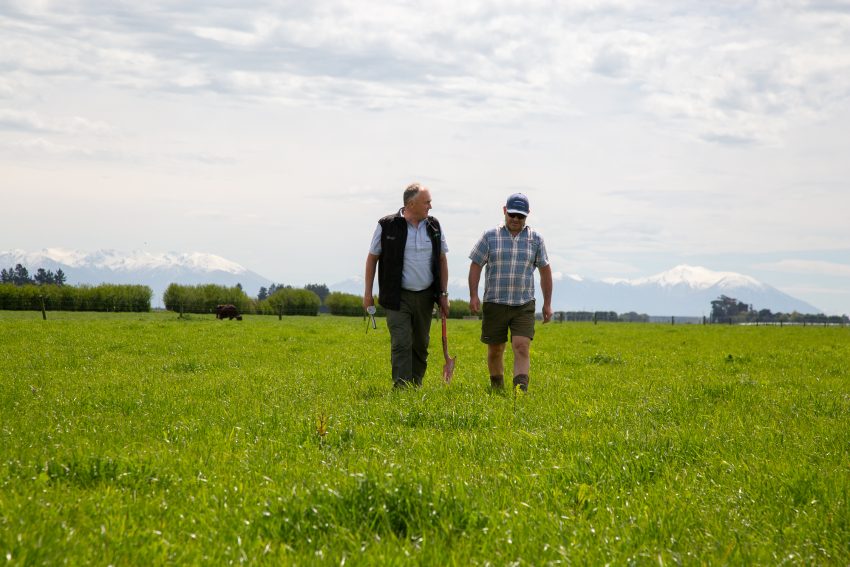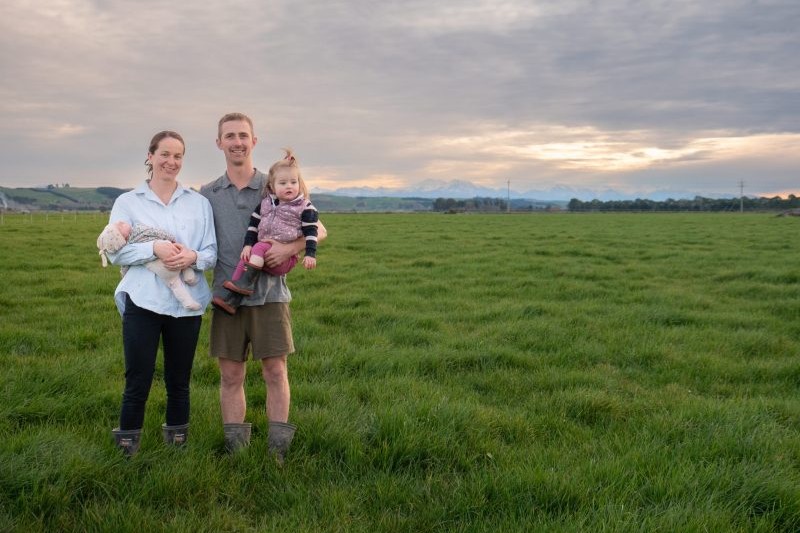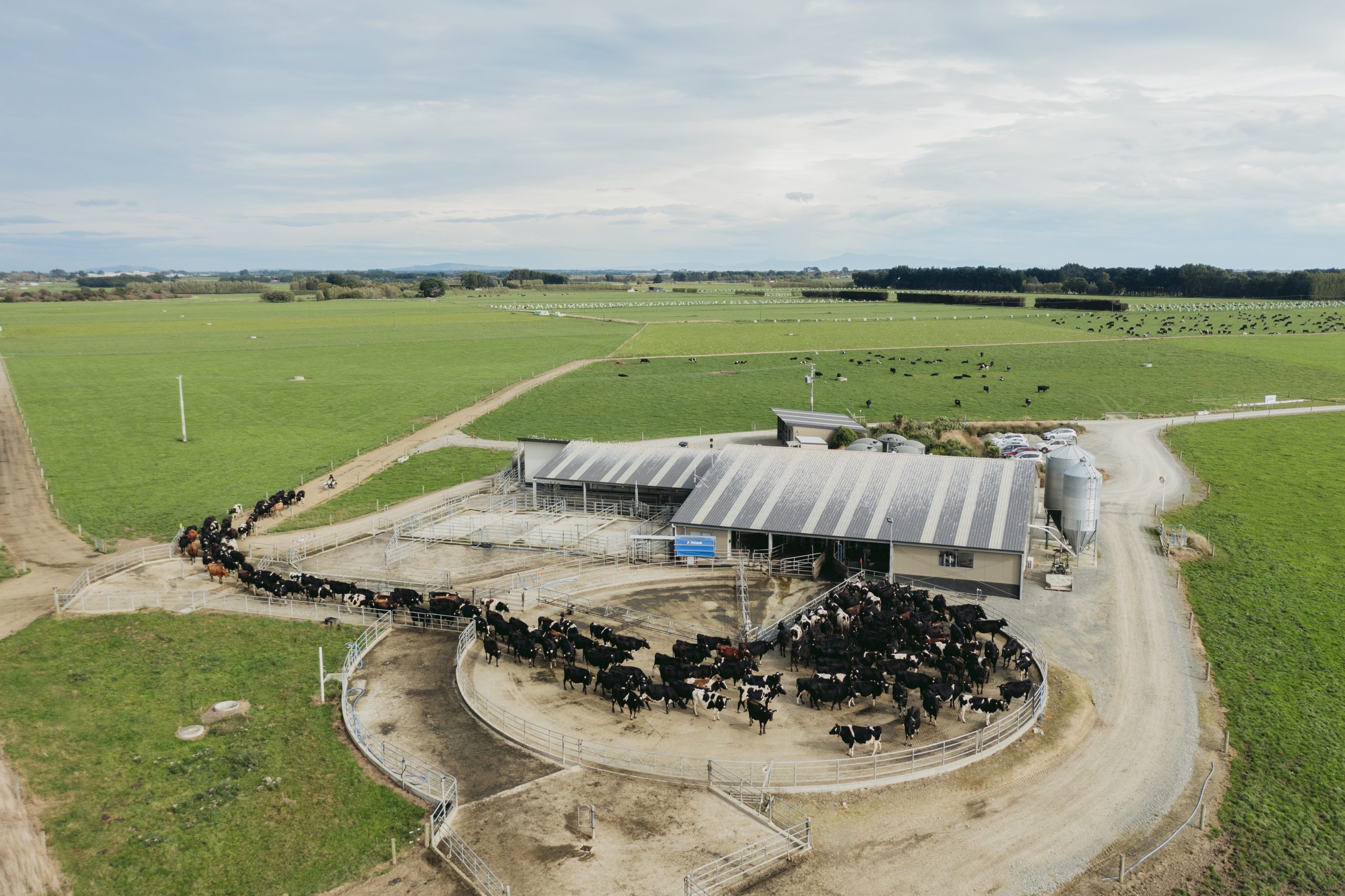Is your feed plan ready?
The scramble for supplementary feed last season is a good forewarning for farmers to do their budgets and plan early for maize silage feed reserves this season. Words Sheryl Haitana.
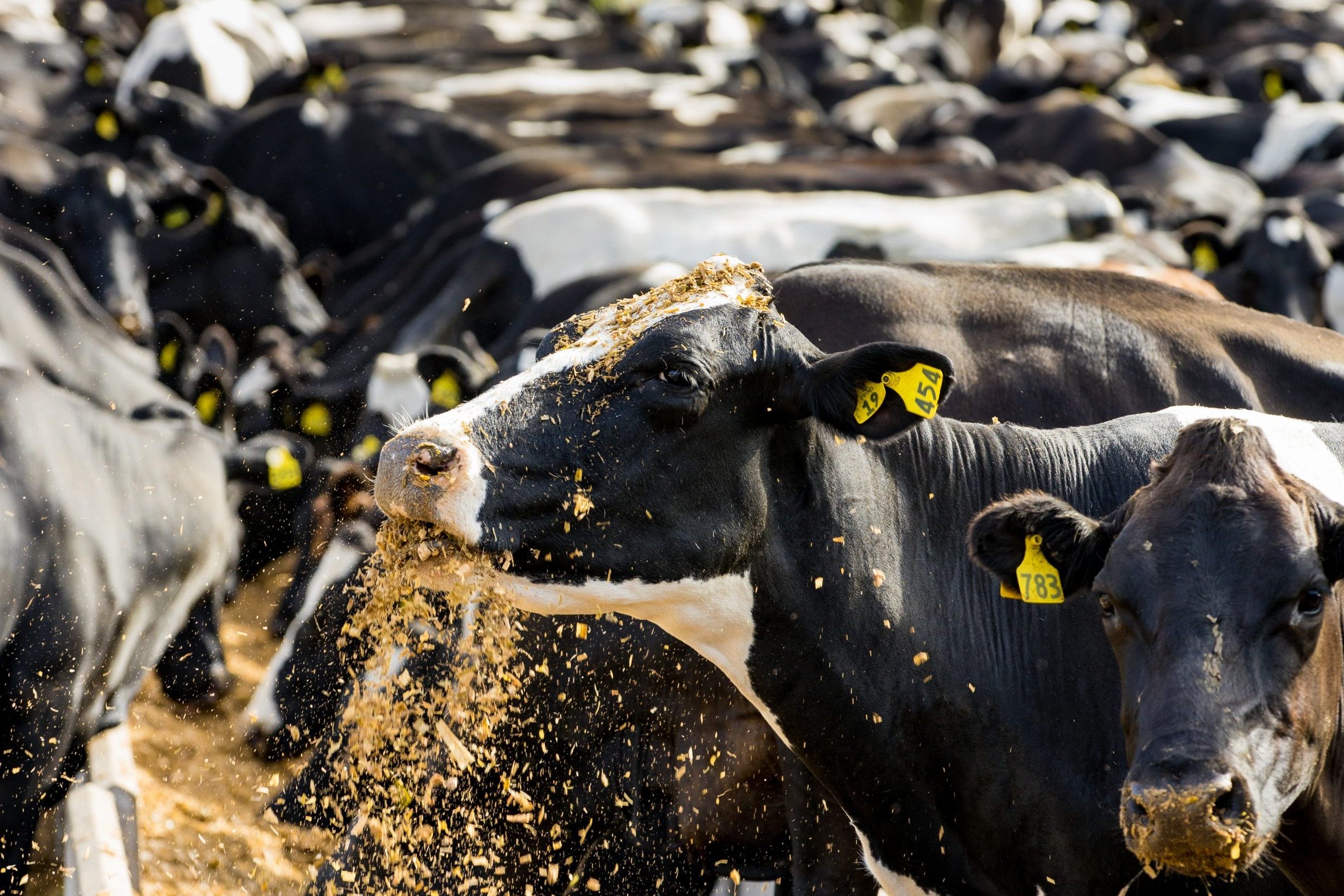
Dairy farmers who bought maize silage on the spot market last season when the dry period extended long and late into autumn will want to plan earlier this year, Pioneer Farm Systems Manager Wade Bell says.
Buying feed late became expensive and risky due to tight supply. Typically, most farmers budget for a 60–80-day summer dry period, but in some regional pockets last season that extended to as long as 100–120 days and some farmers were caught short.
“In parts of the North Island, the summer dry went long and late, and there was a major drain in supplementary feed supply,” says Wade. “Many farmers had reserves, but they emptied their cupboards.”

At maize harvest, farmers were getting a sense of how bad the dry was going to be and started looking for additional maize silage. Crops destined for maize grain were harvested for maize silage to sell on the spot market at 40+ cents/kg DM.
“That was still good value with the high milk price, but farmers will want to look at how much they’re growing on farm or talk to growers earlier this year.”
Climate changes have made seasons more unpredictable, but the old saying about keeping the haybarn full still rings true, and farmers will want to ensure they have enough feed reserves on hand.
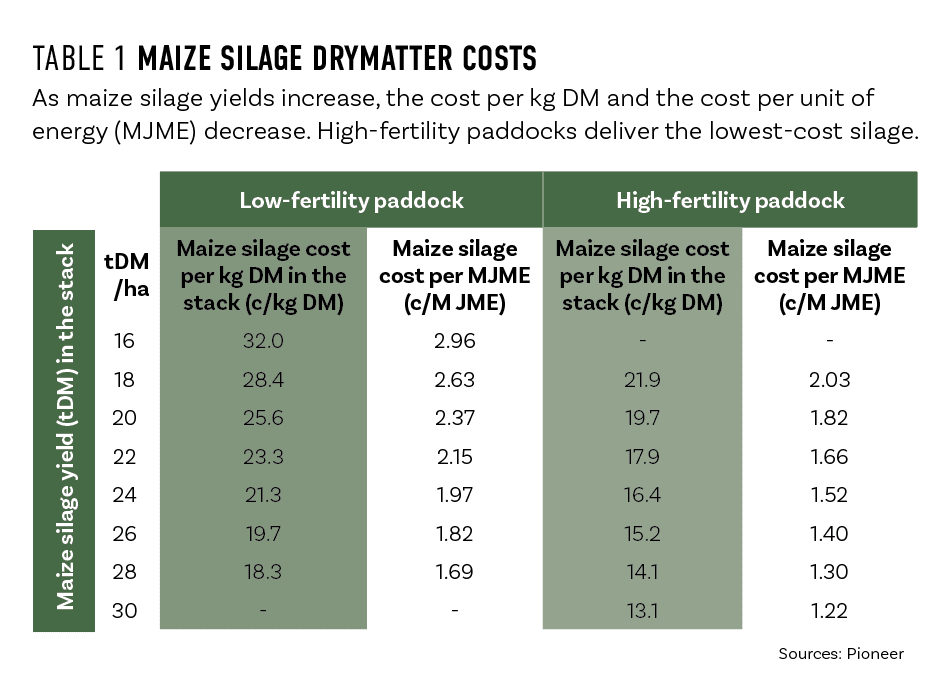 “Twenty years ago, you would have planned for a 60–80-day dry; now we often talk about 100–120 days in some cases,” Wade explains. “That is the seasonal pastoral variation that we are bridging now.
“Twenty years ago, you would have planned for a 60–80-day dry; now we often talk about 100–120 days in some cases,” Wade explains. “That is the seasonal pastoral variation that we are bridging now.
“Maize silage is such a good complementary feed to that pastoral variation. It gives you a flexible, high-value feed that can be used at any time when you need to match it to your pasture supply.”
Maize silage is a summer insurance policy because of its high drymatter yield at a cost below most bought-in feeds. Maize grown on farm can be produced for 20–25c/kg DM, with the biggest cost variant being whether it’s grown on effluent paddocks.
The table below highlights the cost-effectiveness of maize silage, especially when grown on high-fertility paddocks. As yields increase, the cost per kg DM and MJME significantly decreases, making a strong case for planning and growing maize silage on farm.
Feed gaps that appear in summer and autumn are solved by making decisions between June and November. Farmers always flex between growing and buying maize silage, but budgeting now can help them determine what percentage of the milking platform should be used for growing maize, and how much should be bought in, Wade says.
“Do a feed budget on how much maize you think you need to form the basis of the diet for your herd over the summer and determine an appropriate quantity to grow or purchase. To reduce growing and buying risk, plan and communicate early with merchant reps, contractors and growers.
“If you choose to grow maize on farm, work with your merchant representative or Pioneer area manager – they can help tailor a plan to maximise the yield for your farm.”
To avoid the scramble later, start your maize silage planning now. Do a feed budget, determine whether you plan to grow or buy in maize, and talk to your local merchant, contractor or grower to secure your feed requirements.
Visit pioneer.co.nz


